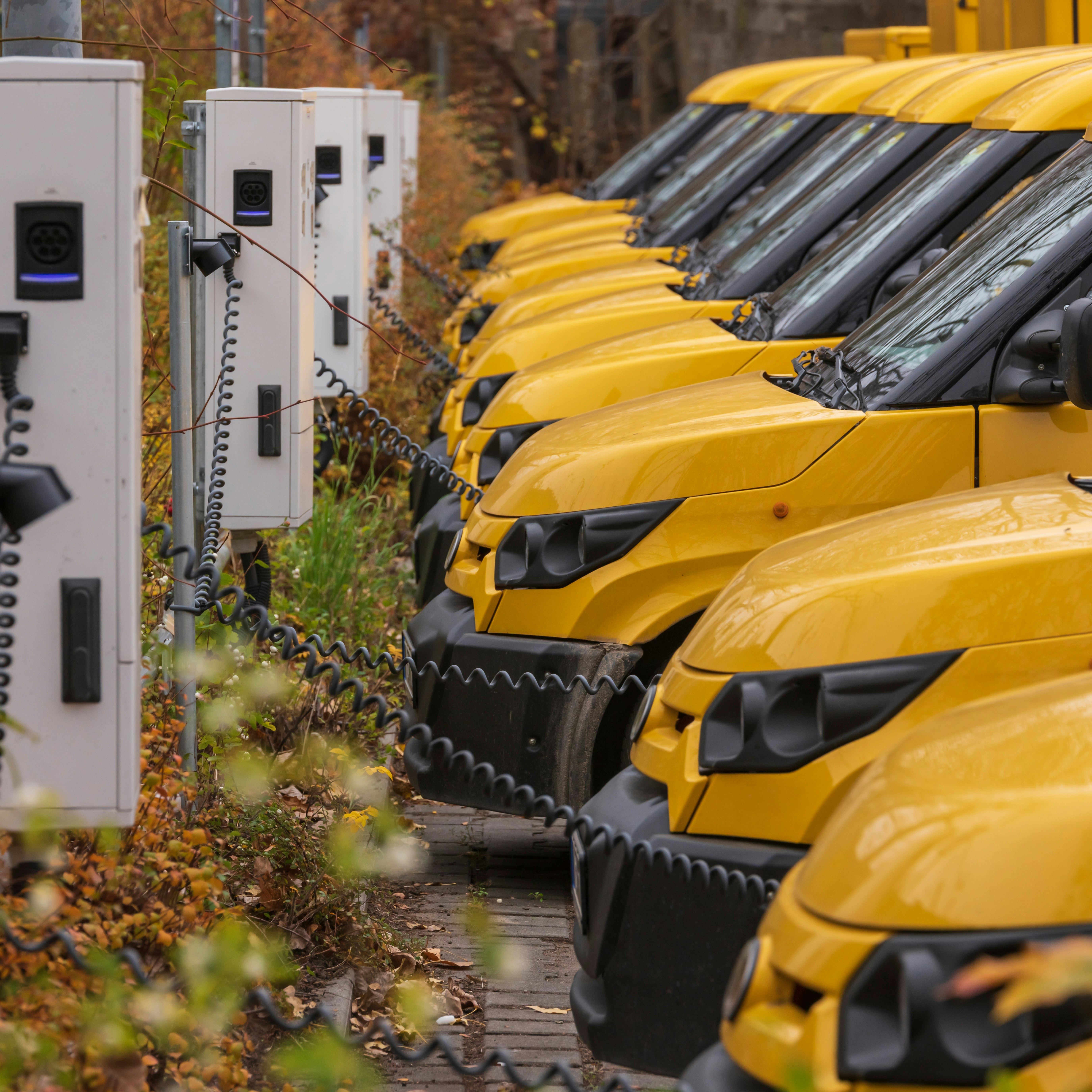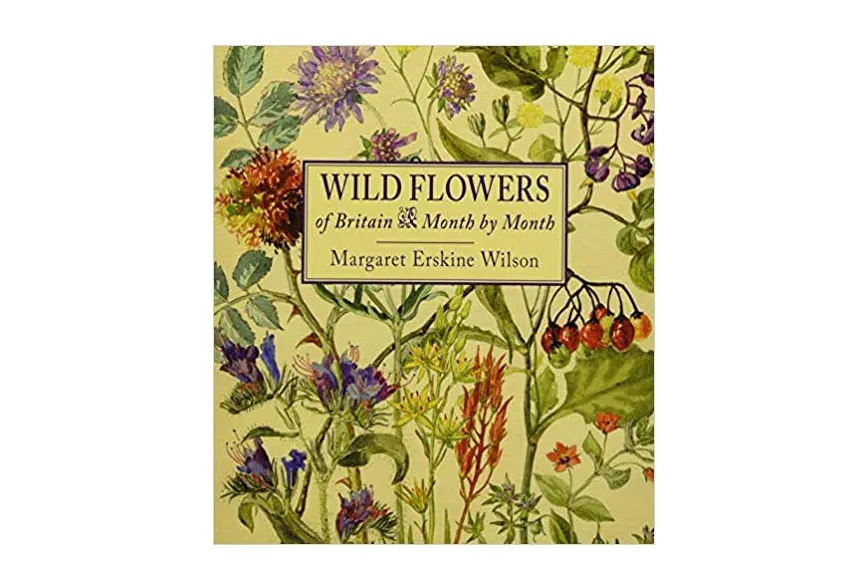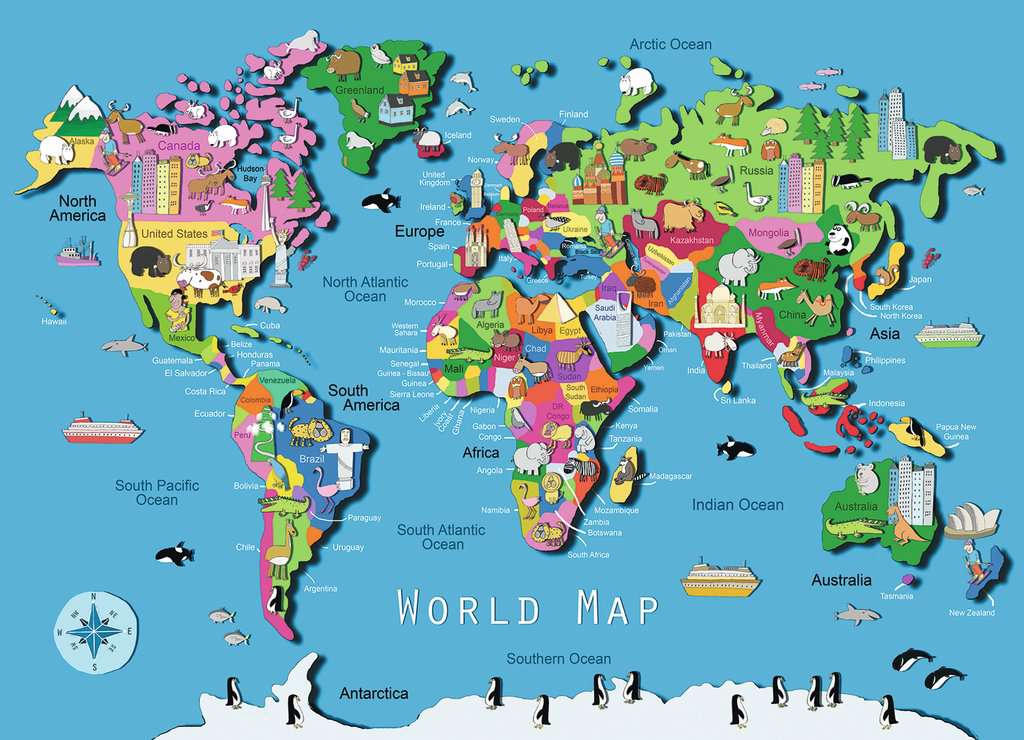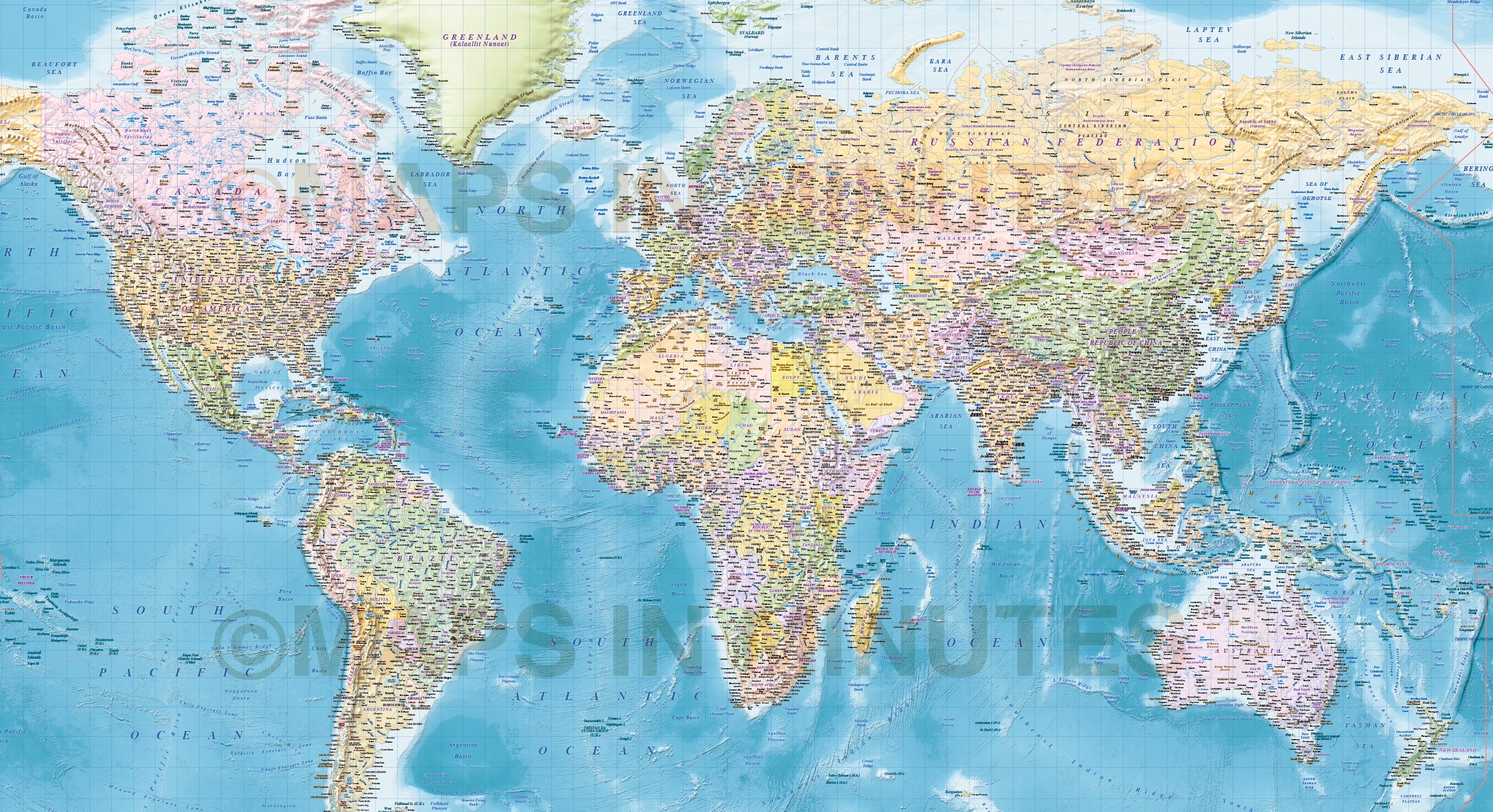Discover Pandipedia
Pandipedia is the world's first encyclopaedia of machine generated content approved by humans. You can contribute by simply searching and clicking/tapping on "Add To Pandipedia" in the answer you like. Learn More
Expand the world's knowledge as you search and help others. Go you!
Introduction to Relational Reasoning
Relational reasoning is a fundamental aspect of intelligent behavior that allows individuals to understand and manipulate the relationships between entities. This concept has proven challenging for traditional neural networks, which struggle with tasks that require a deep comprehension of relationships. The work presented in the paper 'A Simple Neural Network Module for Relational Reasoning' introduces a solution called Relation Networks (RNs), which serve as a straightforward module to enhance neural networks' capabilities in relational reasoning tasks.
The Concept of Relation Networks
The authors propose RNs as a structural addition to existing neural architectures, aimed at improving reasoning capabilities. RNs focus on understanding the relationships between objects by assuming a set of objects as their input and learning to compute relations explicitly. This methodology significantly enhances performance on tasks that require comparing and inferring relationships between objects, such as in visual question answering and complex reasoning scenarios.
Key Features of RNs
One of the main strengths of RNs is their ability to learn relations without having to hard-code relationship information into the model. This is achieved through a process outlined mathematically in the paper:
[ R(N)(O) = f_{e} \left( \sum_{i,j} g_{o}(o_i, o_j) \right) ]
This equation indicates that RNs take a set of objects (O) as input and function to aggregate the relationships among all possible pairs of objects to make informed decisions about their interrelations[1].
Applications of RNs
Visual Question Answering
The authors tested the RN-augmented networks on the CLEVR dataset, which contains visually structured problems that require machines to answer questions about objects in images. They demonstrated that RNs could significantly surpass the performance of traditional neural network architectures by achieving state-of-the-art results. A notable finding was that RNs were capable of solving questions that heavily depended on relational reasoning, showcasing a remarkable enhancement over previous models[1].
Dynamic Physical Systems
In addition to visual reasoning, RNs are tested on dynamic physical systems where the relationships between moving objects must be understood over time. The paper discusses developing datasets that present tasks requiring the inference of connections between objects as they move, showing further versatility in applying RNs across different domains[1].
Experimental Results
The research reported several experimental results highlighting the effectiveness of RNs:
They achieved 95.5% accuracy on the CLEVR dataset, establishing this model as superior compared to others that previously held state-of-the-art positions.
The authors further evaluated RNs on the 'Sort-of-CLEVR' task, which distinguished between relational and non-relational questions; the RN achieved high accuracy levels, indicating its robustness in processing complex relationships in visual contexts[1].
Model Architecture and Training
The architecture of RNs integrates seamlessly within standard neural network frameworks. The model uses Convolutional Neural Networks (CNNs) coupled with Recurrent Neural Networks (RNNs) to process visual inputs and language questions. Questions are encoded through an LSTM, enabling the network to relate visual data accurately with the respective queries. By enhancing the input representations, RNs can precisely compute the relational mappings required for effective reasoning[1].
Training Strategies
Training involved large datasets and sophisticated optimization techniques. The researchers highlighted that joint training processes, alongside systematic approaches to data augmentation, improved the performance on multiple task scenarios significantly[1].
Conclusion
The introduction of Relation Networks has marked a significant advancement in the understanding and application of relational reasoning within artificial intelligence. By allowing neural networks to explicitly account for the relationships between objects, RNs have opened avenues for more complex and nuanced reasoning tasks to be tackled effectively. This builds a crucial foundation for future research in AI, particularly in areas requiring sophisticated reasoning capabilities, such as robotics, virtual agents, and interactive learning systems.
![Table 1: Results on CLEVR from pixels. Performances of our model (RN) and previously reported models [16], measured as accuracy on the test set and broken down by question category. Table 1: Results on CLEVR from pixels. Performances of our model (RN) and previously reported models [16], measured as accuracy on the test set and broken down by question category.](https://askpandipro.s3.amazonaws.com/users/48/documents/164/tables/0.png?AWSAccessKeyId=AKIAQT4QH3CHNPX5WHX7&Signature=naxB8Gc3sFI9oBvJYdC5VhuXOp4%3D&Expires=1750727625)
The experimental evidence presented in the paper illustrates that RNs can effectively bridge the gap between raw input processing and higher-level reasoning, paving the way for more intelligent systems that understand the world similarly to humans[1].

Let's look at alternatives:
- Modify the query.
- Start a new thread.
- Remove sources (if manually added).
- Request a manual search from our human research team.

Intermittent fasting offers several potential health benefits, including weight loss, improved heart health, and enhanced metabolic function. It helps reduce insulin resistance, which is a key factor in preventing type 2 diabetes, and can lead to lower blood sugar levels[2][4][5]. Additionally, fasting may promote autophagy, a process that recycles damaged cells, potentially lowering the risk of diseases like cancer and Alzheimer's[1][3][4].
Fasting may also improve brain function, increase the production of brain-derived neurotrophic factor (BDNF), and support muscle growth while promoting fat loss[3][5][6]. Overall, intermittent fasting is associated with various positive changes in hormones, cellular repair, and gene expression that contribute to overall health and longevity[4][5].
Let's look at alternatives:
- Modify the query.
- Start a new thread.
- Remove sources (if manually added).
- Request a manual search from our human research team.
Get more accurate answers with Super Search, upload files, personalised discovery feed, save searches and contribute to the PandiPedia.
Wooden World Map Wall Art
A stunning wooden wall map designed for travelers, available in various sizes and customizable options, perfect for showing off wanderlust and enhancing home decor[6].
World Scratch Map
An elegant scratch-off map that allows you to track your travels by scratching off the countries you've visited, printed with gold foil on a white background[2].
Push Pin World Map
Customizable maps that track the cities you've visited or wish to visit, complete with a pack of red pins for marking your journey[6][2].
LED Wooden World Map
This unique 3D wooden map features embedded LED lights, creating a beautiful ambient glow, suitable for living spaces[6][3].
Vintage World Map Poster
A beautifully crafted vintage-style map that adds a touch of nostalgia and elegance to any room, ideal for travel enthusiasts[4].

Antique Map of the World
A classic antique-style map bringing historical charm; it works well in libraries, studies, or living rooms[7][8].
3D World Map Puzzle
An interactive wall art piece that requires assembly, comprising 176 pieces that together form an impressive 3D world map[2].
Custom City Map
A detailed wooden map of any city, offering a personal touch with customizable features and various wood colors[6].
Large Political World Map
A high-quality map displaying geographical and political features, suitable for educational purposes and decorative settings[9].
Modern Geometric World Map
A contemporary map design featuring colorful geometric shapes, ideal for modern decor styles[8].
World Travel Map Calendar
A calendar featuring a world map each month, adding educational value and travel inspiration throughout the year[4].
Decorative Map Wall Tapestry
A fabric tapestry depicting a world map, adding texture and color to your walls while showcasing your travel interests[4].
Framed Vintage World Map
An elegantly framed vintage map with sepia tones, perfect for enhancing a rustic or classic interior[7].
Educational Children’s World Map
A colorful and engaging map designed for kids, combining fun and learning about geography[8].
Watercolor World Map Art Print
A vibrant watercolor representation of the world, ideal for adding a splash of color to a room[6][2].
Historical Map Wall Mural
A large-scale wall mural featuring detailed historical maps, suitable for creating a standout accent wall in any room[8].
Detailed Relief World Map
A 3D-style wall map showcasing topographical features, making it both educational and visually appealing[8].
Custom Monogrammed Map
A personalized map that includes names and specific details, serving as a thoughtful gift or unique home decor item[2].
Wall Mounted Travel Map
A stylish mounted travel map that encourages exploration and adds personality to your living area[4].
Cork Board Map Wall Art
A functional wall decor piece that doubles as a corkboard for pinning travel photos and notes, designed with a world map layout[5].
Nautical Style Map Artwork
A map with a nautical theme, perfect for coastal homes or those with a love for the sea[8].
Colorful Abstract World Map
A visually striking abstract representation of the world, offering a modern touch to any decor style[8].
Let's look at alternatives:
- Modify the query.
- Start a new thread.
- Remove sources (if manually added).
- Request a manual search from our human research team.

Buffett's main topic in the 2025 letter to shareholders was the performance of Berkshire Hathaway in 2024, noting that it exceeded his expectations despite 53% of the 189 operating companies reporting a decline in earnings[1].
Let's look at alternatives:
- Modify the query.
- Start a new thread.
- Remove sources (if manually added).
- Request a manual search from our human research team.

Definition and Importance
Keystone species are organisms that have a disproportionately large impact on their ecosystems relative to their abundance. The concept was first proposed by ecologist Robert Paine in the 1960s, who observed that the removal of certain species could drastically alter community structure and biodiversity[8]. Paine described keystone species as critical to maintaining the overall health and stability of ecosystems. Their roles can be apex predators, ecosystem engineers, or mutualists, each contributing to ecological balance in unique ways.
Types of Keystone Species
Predators

Predators often serve as classic examples of keystone species. They regulate the populations of herbivores and other lower trophic levels, preserving biodiversity. For instance, gray wolves in Yellowstone National Park are known for controlling elk populations, which in turn allows vegetation to recover and thrive[2][3]. Similarly, the removal of the predatory purple sea star (Pisaster ochraceus) from rocky intertidal zones led to a dramatic increase in mussel populations, which crowded out other species and reduced overall biodiversity[8][10].
Predator removal results in what ecologists call 'trophic cascades,' where the absence of top predators leads to significant shifts in the ecosystem. Elk overgrazing, spurred by the absence of wolves, decimated plant communities that rely on those grasses and shrubs, further destabilizing the ecosystem[1][4][8].
Ecosystem Engineers

Ecosystem engineers are species that modify their environment, creating habitats that benefit other organisms. Beavers are a prime example. Through dam construction, beavers create wetlands that support diverse plant and animal life[2][3][6]. This alteration of the landscape not only provides essential habitats for other species but also promotes biodiversity by creating a more complex habitat structure.
Mangrove trees also serve as crucial ecosystem engineers. They stabilize coastlines, reduce erosion, and provide shelter for various marine species[7][5]. The loss of keystone engineers like beavers and mangroves can lead to habitat degradation, subsequently affecting numerous other species dependent on these environments[10].
Mutualists
Mutualists are species that interact with others to provide benefits that enhance ecosystem functioning. Pollinators like bees are essential for the reproduction of many flowering plants. Their decline would not only reduce plant reproduction but also adversely affect herbivores and the predators that rely on those herbivores[3][5][6]. In the case of tropical rainforests, frugivorous species, which consume and disperse seeds, play an integral role in maintaining plant diversity and supporting forest regeneration[9].
The Consequences of Losing Keystone Species

The removal or decline of keystone species can result in a cascade of ecological changes. For instance, when sea otters were overhunted in the Pacific Northwest, the unchecked growth of sea urchin populations led to the loss of kelp forests, which are vital habitats for many marine organisms[1][2][9]. Similarly, the decline of pollinators directly affects plant diversity and ecosystem stability, illustrating that the health of one species is often intricately linked to the health of many others.
Studies have shown that when keystone species are lost, it can lead to increased dominance by a few species, thereby reducing biodiversity and altering ecosystem functions[8][10]. Without their stabilizing effects, ecosystems may become less resilient to environmental changes, leading to further degradation or even collapse.
Conservation Implications

Recognizing the critical role of keystone species has significant implications for conservation efforts. Protecting these species and their habitats is essential for maintaining ecosystem health and resilience. Conservation strategies should focus not only on the keystone species but also on the intricate web of interactions within their ecosystems to ensure long-term ecological balance[3][4][9].
Moreover, understanding the functional roles of keystone species can help prioritize conservation efforts. For example, strategies aimed at preserving the habitats of gray wolves can simultaneously benefit many other species that depend on healthy ecosystems[1][8][10]. A holistic approach to conservation that considers the interconnectedness of species will improve the effectiveness of efforts to sustain biodiversity.
Conclusion
Keystone species play a pivotal role in shaping the structure, diversity, and functionality of their ecosystems. By regulating populations, modifying habitats, or facilitating relationships with other species, they maintain the delicate balance that sustains life. Their loss not only threatens their habitats but can also have irreversible impacts on the broader ecological community. Therefore, recognizing and protecting keystone species is vital for the health of ecosystems and the well-being of future generations.
Let's look at alternatives:
- Modify the query.
- Start a new thread.
- Remove sources (if manually added).
- Request a manual search from our human research team.

The start of World War II was triggered by Adolf Hitler's invasion of Poland on September 1, 1939. This invasion followed the signing of the German-Soviet Nonaggression Pact, which allowed Hitler to attack Poland without fear of a two-front war, as it included provisions for dividing Poland between Germany and the Soviet Union[1][3]. The subsequent declarations of war by Britain and France against Germany on September 3, 1939, marked the official beginning of the conflict[2][3].
Let's look at alternatives:
- Modify the query.
- Start a new thread.
- Remove sources (if manually added).
- Request a manual search from our human research team.
Get more accurate answers with Super Search, upload files, personalised discovery feed, save searches and contribute to the PandiPedia.
The exclusive contracts referred to in the trial are known as 'Mobile Application Distribution Agreements' (MADAs) and involve revenue share agreements for pre-load exclusivity on devices. Google pays for these exclusive defaults on a device-by-device basis, ensuring it is the only preinstalled search engine, which restricts competition from rivals[2][6][3].
These contracts create significant barriers for competitors, as once signed, they lock up traffic and limit rivals' ability to attract queries. Without exclusivity, carriers could ship alternatives to Google Search, affecting rivals' investments and competitive viability[5][4][7].
Let's look at alternatives:
- Modify the query.
- Start a new thread.
- Remove sources (if manually added).
- Request a manual search from our human research team.

The mobile gaming industry is experiencing rapid evolution driven by technological advancements, shifting player preferences, and innovative monetization strategies. As we look into 2024, several key trends are poised to shape the future of mobile gaming.
Growth and Market Performance

The global mobile gaming market is on track to reach approximately USD 100.54 billion in 2024 and is anticipated to grow to USD 164.81 billion by 2029, representing a compound annual growth rate (CAGR) of 10.39%[1]. In the first half of 2024, the market saw a year-on-year revenue growth of 4.7%, indicating a cautious recovery post-pandemic challenges[8].
Technological Advancements
Integration of AI and Cloud Gaming
Artificial intelligence (AI) continues to play a pivotal role in game development. Around 87% of game creators now utilize some form of AI in their development processes[2]. Generative AI tools help create content, enhance gameplay, and address player behavior[2]. The rise of cloud gaming services further democratizes access to high-quality gaming experiences, allowing players to stream games without the need for expensive hardware[7].
Enhanced User Experiences and Immersive Technologies
.png)
The mobile segment is witnessing a significant push towards augmented reality (AR) and virtual reality (VR) gaming, creating immersive experiences[7]. Devices such as Apple’s Vision Pro are setting new standards, allowing gamers to interact with digital content in their real environment[7]. Enhanced haptic feedback technologies are also improving player engagement by making experiences more tactile and realistic[7].
Monetization Models Evolving
Hybrid Monetization Approaches
Developers are increasingly adopting hybrid monetization strategies that combine in-app purchases (IAP) and in-app advertising (IAA) to create diverse revenue streams[5][9]. This model caters to players who may prefer different experiences—those willing to pay for premium content and those who prefer ad-supported gameplay.
Subscription Services on the Rise

Mobile gaming subscriptions are becoming more prevalent, with services like Netflix and Apple Arcade providing new game offerings for their subscribers. Subscription services may represent 11.6% of total gaming industry revenue by 2027, making it a vital area for growth[2][9]. As players become familiar with subscription models through streaming services, there is a growing acceptance of similar offerings in mobile gaming.
Shifting Player Preferences
The Rise of Hybrid Casual Games
The popularity of hybrid casual games is surging as they blend elements of hyper-casual games with mid-core features, appealing to a broader audience. These games have shown a 30% increase in revenue over the past year, proving more engaging and retaining players better than traditional hyper-casual titles[9]. This shift signifies the industry's recognition of the need to maintain player interest through enhanced gameplay complexity.
The Shift from Hyper-Casual to More Engaging Genres
In 2023, hyper-casual games saw a 14% decline in downloads, while hybrid-casual games boasted improved engagement metrics[9]. The balance between accessible gameplay and richer experiences is critical for attracting and retaining players. Additionally, genres like roguelike games are gaining traction as developers simplify their mechanics to appeal to casual players[9].
Retention and User Acquisition Strategies
User acquisition strategies are pivotal for success in a highly competitive market. The importance of retargeting users—those who may have downloaded a game but become inactive—cannot be overstated. Personalized campaigns and offers help generate interest and keep players engaged[5]. Moreover, developers are focusing on high-quality products that not only attract downloads but also increase user satisfaction and retention[3][5][8].
Live Operations and In-Game Events
Live operations (live ops) have become integral to player retention strategies, with in-game events creating excitement and ongoing engagement. Games that strategically incorporate live events and collaborations with well-known brands have seen substantial boosts in downloads and player interest[8][9]. For example, a collaboration with popular influencers can lead to notable increases in downloads, as seen with events orchestrated by well-known figures in the gaming community[9].
Cultural and Geographic Expansion
Localization and Global Reach
.png)
Many mobile game developers are recognizing the importance of localization to penetrate new markets, particularly in regions like India, Brazil, and Indonesia[4]. These growing markets offer substantial potential for expansion, especially as smartphone penetration increases. Developers are also aligning their content with local cultures and trends, ensuring games resonate with diverse audiences[9].
Sustainable Gaming Practices
.png)
The gaming industry is increasingly adopting sustainable practices, such as using recycled materials and optimizing for energy efficiency, appealing to environmentally conscious players[7]. These developments reflect a growing awareness of social responsibility in gaming and are influencing consumers' purchasing decisions.
Conclusion
The mobile gaming landscape in 2024 is characterized by a strategic focus on high-quality, engaging content, driven by technological innovation and evolving player preferences. By leveraging hybrid monetization strategies, embracing AR and VR technologies, and emphasizing sustainability, developers can position themselves for success in this competitive market. Understanding these trends will be crucial for stakeholders aiming to navigate the complexities of mobile gaming effectively.
Let's look at alternatives:
- Modify the query.
- Start a new thread.
- Remove sources (if manually added).
- Request a manual search from our human research team.
Current Trends in Electric Vehicle Technology

As we move into 2024, several key trends in the electric vehicle (EV) landscape are shaping the market. These trends stem from technological advancements, market dynamics, and evolving consumer preferences. Notably, increasing affordability and performance improvements are paving the way for wider adoption, while the competitive landscape is becoming increasingly intense.
Growth and Market Penetration
Electric vehicle sales continue to demonstrate robust growth, with projections estimating that around 17 million electric cars could be sold globally in 2024, accounting for more than 20% of all vehicles sold worldwide. This growth trajectory reflects a jump from approximately 14 million units sold in 2023, indicating a strong commitment to transitioning from internal combustion engine (ICE) vehicles to EVs. The strong sales figures are driven by competition among manufacturers, falling prices, and supportive policies[1][8].
China remains the dominant player in this market, with projections suggesting that EVs could constitute up to 45% of all car sales by 2024, while Europe and the United States are expected to see electric car market shares reach 25% and 11%, respectively[8]. Major factors contributing to this growth include the introduction of fleet-wide electrification policies and incentives designed to bolster domestic manufacturing of both vehicles and batteries[1][8].
Technological Innovations
Recent advancements in EV technology are enhancing performance, battery life, and overall efficiency. Manufacturers are focusing on developing innovative battery chemistries, including solid-state batteries and graphene-based technologies, which have the potential to improve energy density and reduce charging times significantly[9]. Moreover, the commitment to sustainability is driving manufacturers to recycle metals and employ bio-based materials in battery production, greatly reducing the environmental impact of EVs[9].
Enhanced vehicle functionalities are a significant trend, with many EVs now incorporating advanced autonomous features and connectivity options. This includes the integration of artificial intelligence (AI) in driving systems, allowing for higher levels of automation, particularly in urban environments[6][9]. For instance, BMW has introduced augmented reality (AR) technologies to improve navigational capabilities and enhance driver awareness[7].
Competitive Dynamics
The electric vehicle market is becoming increasingly competitive, especially with a surge of Chinese automakers like BYD and Nio making significant inroads in Europe and other previously untapped markets[3]. These companies are not only capitalizing on the growing global demand for EVs but are also benefiting from the competitive pricing of their vehicles, which often undercut traditional car manufacturers[6][8].
Traditional manufacturers are also ramping up efforts in the EV space. Various legacy automakers are enhancing their electric line-ups, introducing models that can compete effectively in terms of both performance and price. This is evident with vehicles like the electric Range Rover and the Hyundai Ioniq series, both seeking to establish a foothold in a segment previously dominated by Tesla[2][3].
Policy and Economic Influences
Government policies continue to play a crucial role in the propagation of electric vehicles. Various nations are rolling out stricter emissions regulations, alongside incentives for EV adoption and manufacturing. The Inflation Reduction Act (IRA) in the United States is one example, aiming to stimulate domestic EV and battery manufacturing through subsidies[8]. However, challenges remain, particularly as consumer subsidies in several regions are being phased out, which may temporarily hinder growth despite overall improving market conditions[4][6].
Consumer Preferences and Market Dynamics
As consumer preferences evolve, the inclination towards eco-friendly transportation is becoming clearer. Surveys indicate that a growing number of consumers plan to switch from ICE vehicles to electric models, with 42% expressing a desire to own an EV for their next car purchase[6]. However, affordability remains a significant barrier; despite many consumers indicating a shift to electric, pricing strategies will be crucial in ensuring mass-market uptake. EVs still tend to be more expensive than their ICE counterparts, especially in Europe and the United States[8].

Additionally, the impact of second-hand electric car markets is gaining traction, providing more flexible options for buyers. The second-hand market is starting to grow rapidly, driven primarily by the influx of used EVs from established markets into developing regions[8][9].
Conclusion
The trajectory of the electric vehicle industry looks promising as we progress into 2024. With increased sales, innovations in battery technology, a more competitive marketplace, and supportive governmental frameworks, the landscape for EVs is evolving. However, pricing and policy dynamics will significantly influence the pace at which electric vehicles achieve mass-market acceptance. As advancements continue and consumer attitudes shift, electrification is poised to play a central role in the future of global transportation.
Let's look at alternatives:
- Modify the query.
- Start a new thread.
- Remove sources (if manually added).
- Request a manual search from our human research team.
Collins Wild Flower Guide
Covers over 1,900 species of wildflowers, trees, shrubs, grasses, and ferns in Britain and Ireland, organized by families with detailed illustrations and descriptions[5].

The Wild Flower Key
Provides identification for wild plants, trees, and shrubs in Britain and Ireland, suitable for both beginners and experienced botanists with detailed descriptions and illustrations[4][10].

Collins Complete Guide - British Wild Flowers
Features over 1,000 common species with concise descriptions, excellent photographs, and habitat information, ideal for foraging and field use[4][7].

Newcomb’s Wildflower Guide
A comprehensive guide based on natural structural features that makes identification straightforward, suitable for beginners and experienced nature enthusiasts alike[6][8].

The Little Book Of Wild Flowers
A child-friendly guide focusing on striking images, aimed at young wildflower enthusiasts and packed with basic identification tips[2].
Flora Britannica by Richard Mabey
A blend of cultural and botanical insights, featuring nearly 500 photographs and over 1,000 species, highlighting the connection between wild plants and social life[2].

Wild Flowers of Britain Month by Month
Features beautifully painted illustrations and tracks blooming species by month, making it a thoughtful gift for botanical art lovers[2].
Wonderful Wildflowers of Wales
Focuses on Welsh wildflowers with a chart for quick identification by color and detailed habitat information[2].

Harrap’s Wild Flowers
A photographic guide that describes and illustrates over 1,225 wildflowers, shrubs, and trees in the British Isles with practical identification tips[7][10].

Guide to Flowers of Walks and Waysides
A lightweight and portable laminate leaflet that includes essential wildflower information for walks in the countryside and urban areas[2].
Wildflowers by Colour
Organizes species primarily by flower color for quick identification, recommended for users without extensive botanical knowledge[2].
The Easy Way to Wildflower Recognition
Utilizes a simple yes/no key to identify approximately 200 common wildflowers in Britain and Ireland, ideal for beginners[5].
Wildflowers in the Field and Forest
A field guide covering over 1,400 species of herbaceous wildflowers with excellent color photographs and range maps[8].
Flowering Plants of the World
A general guide that covers a significant number of flowering species, illustrated with photographs and concise descriptions, useful for amateur botanists[5].
Edible Wild Plants
A field guide detailing over 370 edible plants, including visual aids for identification and preparation techniques[8].
Field Guide to Medicinal Plants & Herbs of Eastern & Central N. America
Provides identification for over 530 medicinal plants, highlighting their uses and habitat[8].
Botany in a Day
Employs a pattern method to teach users how to identify plants quickly and easily, suitable for beginners wanting a simplified approach[8].
The Wildflower Field Guide
Covers approximately 1,100 wildflower species in Britain including key features for identification, suitable for both beginners and experienced users[5][10].
Peterson Field Guide to Wildflowers
Features more than 1,200 species with detailed descriptions, useful for beginners and experts in North America[8].
Wild Edible Plants of North America
Classifies and describes over 200 edible plants, organized by season, with identification help and preparation guidance[8].
Collins Wildflower Guide (2nd Edition)
Detailed descriptions and illustrations of 1,900 wildflowers with identification keys, suitable for more experienced botanists[5][10].
Urban Wildflowers
Identifies wildflowers typically found in urban settings, contributing to the identification in city environments[2].
Pocket Guide to British Wildflowers
A compact guide for on-the-go identification of common British wildflowers, featuring photographs and clear descriptions[2].
Nature’s Almanac
A seasonal guide to local wildflowers and their habitats, aimed at enhancing the user’s understanding of plant ecology[8].
Discovering British Wildflowers
Aimed at beginners, this guide simplifies the identification process with clear visuals and straightforward instructions[10].
Let's look at alternatives:
- Modify the query.
- Start a new thread.
- Remove sources (if manually added).
- Request a manual search from our human research team.




















































/types-of-wildflowers-4061772-hero-4f093bf89ec94cd9ac766a4e0465238d.jpg)
























